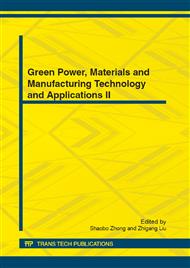p.822
p.830
p.835
p.840
p.845
p.851
p.856
p.862
p.867
Simulation Method for ARM Fragment Killing Ground Targets
Abstract:
Aiming at the characteristic that the ground complex electronic equipments are apt to be killed by fragments, and for the purpose of solving the problem about the damage data shortage of the complex equipments BDAR study, on the basis of current study production, perfected is the fragments damage probility model of the ground target, and the geometrical model describing method, the explosion rule, the fragment simulation method and the target damage simulation method are put forward. By developing the damage simulation platform, the damage simulation method’s validity is affirmed
Info:
Periodical:
Pages:
845-850
Citation:
Online since:
November 2012
Authors:
Price:
Сopyright:
© 2012 Trans Tech Publications Ltd. All Rights Reserved
Share:
Citation:


